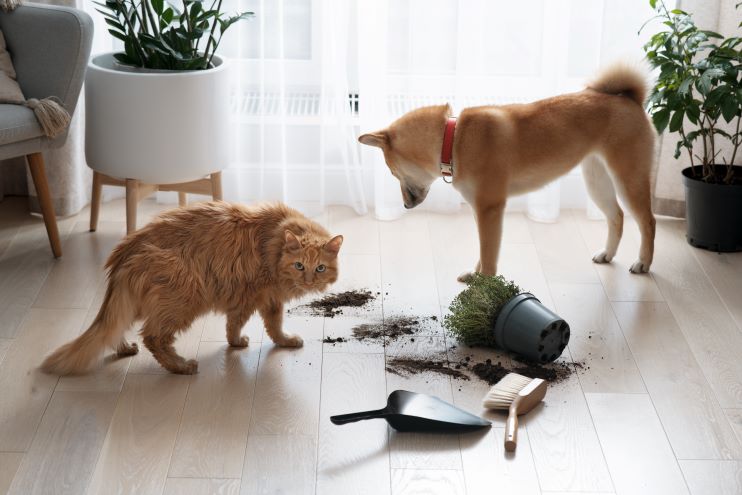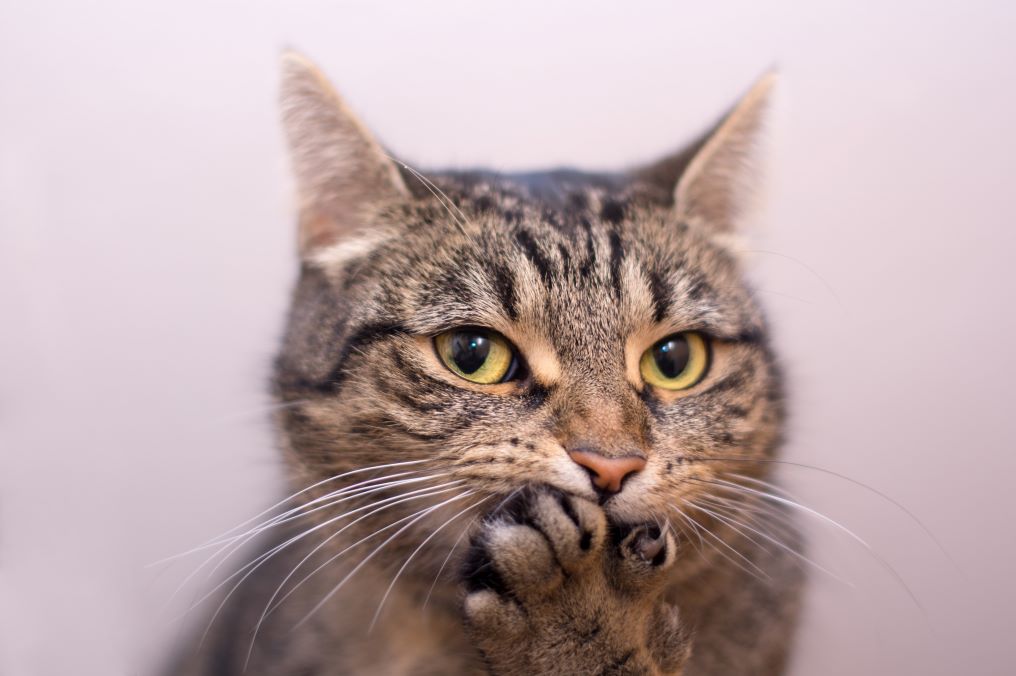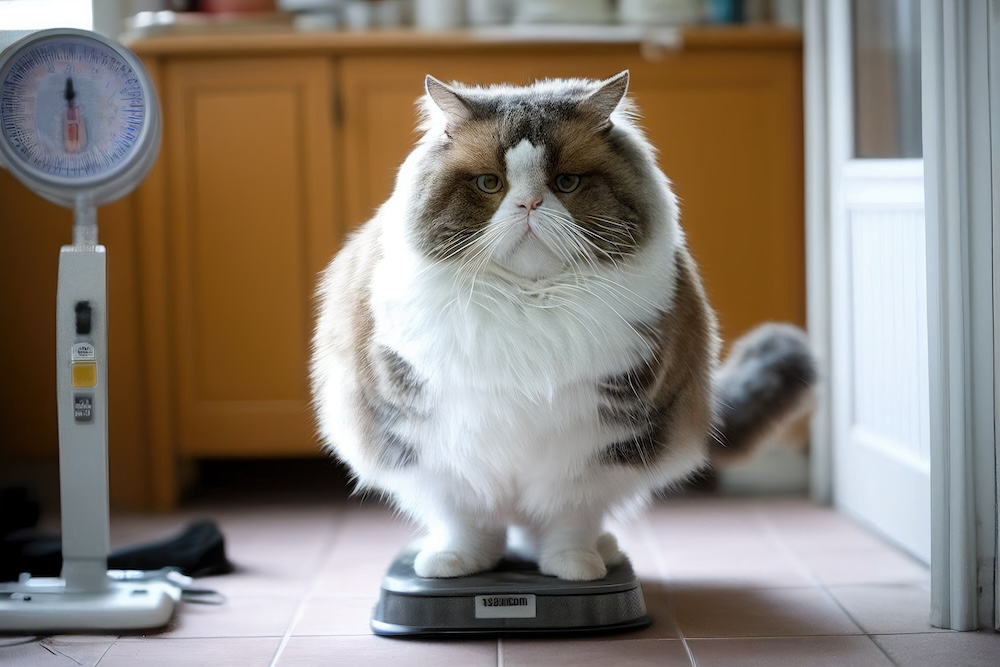Transforming your home into a safe haven for your furry family members is a crucial aspect of responsible pet ownership. While our homes are comfortable living spaces for us, they can pose numerous hidden dangers to pets, who often explore the world with their noses and mouths. Understanding and mitigating these risks can ensure the safety and well-being of your beloved companions. Let’s delve into some of the most common household hazards for pets and how you can protect your four-legged friends.
Toxic Plants and Flowers
Many pet owners are unaware that some of the most common indoor plants and flowers are toxic to pets. Lilies, for example, are extremely poisonous to cats and can lead to severe kidney damage with just a nibble. Other plants like Sago Palm, Pothos, and Aloe Vera can be harmful to both dogs and cats. It’s essential to research and ensure that any plants within your pet’s reach are safe. When in doubt, opt for pet-friendly greenery to adorn your living spaces.
Household Cleaners and Chemicals
Cleaning agents, detergents, antifreeze, and even certain essential oils can be highly toxic to pets. These substances often contain chemicals that can lead to gastrointestinal upset, neurological problems, and even death if ingested. Always store household chemicals in secure cabinets or shelves far out of your pet’s reach. Consider switching to pet-safe cleaning products that offer a non-toxic alternative for a clean and safe home.
Human Foods and Medications
Many foods that are perfectly safe for humans can be dangerous, or even deadly, for pets. Chocolate, grapes, onions, and xylitol (a sweetener found in sugar-free gums and candies) are well-known toxic foods for dogs and cats. Similarly, medications intended for human use, including over-the-counter pain relievers and prescription drugs, can be hazardous. Ensure that all food and medication are stored securely and never leave them unattended where curious pets might reach them.
Small Objects and Toys
Pets, particularly young ones, have a tendency to chew on and swallow small objects, which can lead to choking or intestinal blockages. Items like coins, jewelry, small toy parts, and even socks can be ingested by pets during play or exploration. Keep small objects out of your pet’s reach and provide them with size-appropriate toys that cannot be easily swallowed or broken into smaller, dangerous pieces.
Electrical Cords and Batteries
Electrical cords present a significant risk, especially for pets that like to chew. Biting into a live wire can result in severe burns, electrocution, or even fatalities. Batteries, particularly button batteries, can cause chemical burns or heavy metal poisoning if ingested. Secure cords away from pets and keep batteries in a secure drawer or cabinet.
Open Windows and High Balconies
Pets, especially cats, are drawn to open windows and may not understand the dangers of high falls. Ensure that all windows have secure screens and that pets cannot access balconies without supervision. Creating a safe viewing area can satisfy their curiosity without putting them at risk.
Creating a Safe Environment
The first step in pet-proofing your home is to view your environment from your pet’s perspective. Get down to their level and look for potential dangers. Regularly inspect your home for any new risks and make adjustments as needed. Educating all family members about pet safety is also crucial to ensure everyone contributes to a secure environment.
Final Thoughts on Safety
Transforming your home into a pet-safe zone doesn’t have to be a daunting task. By being aware of the common hazards and taking proactive steps to mitigate them, you can create a safe and welcoming space for your furry friends. Remember, the best way to protect your pets is through supervision and prevention. With these measures in place, you can enjoy the peace of mind that comes from knowing your beloved pets are safe and sound in their home.




